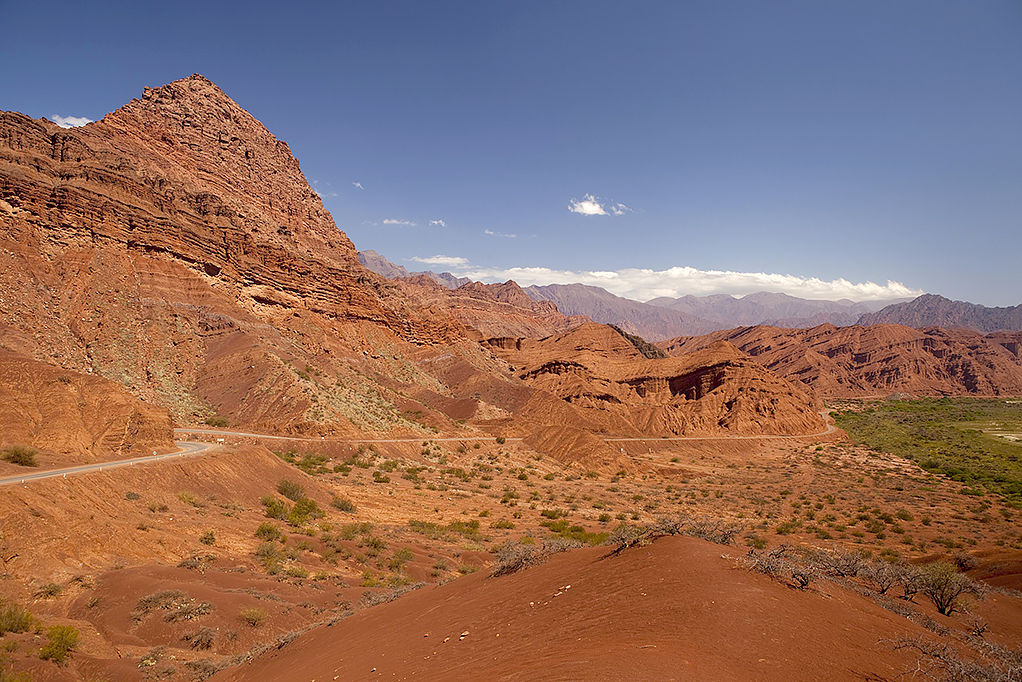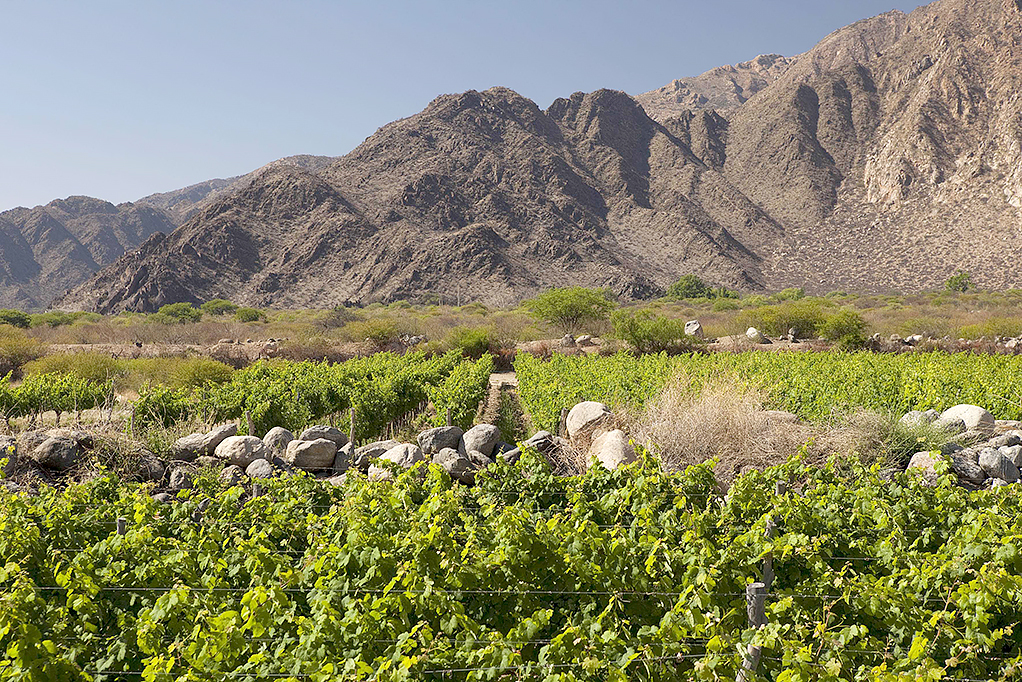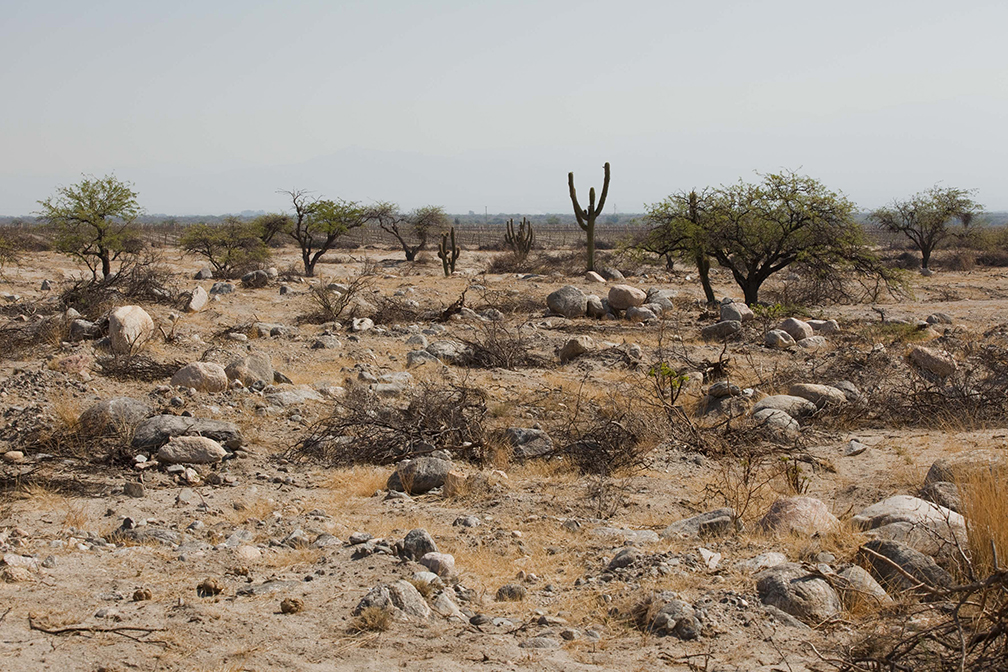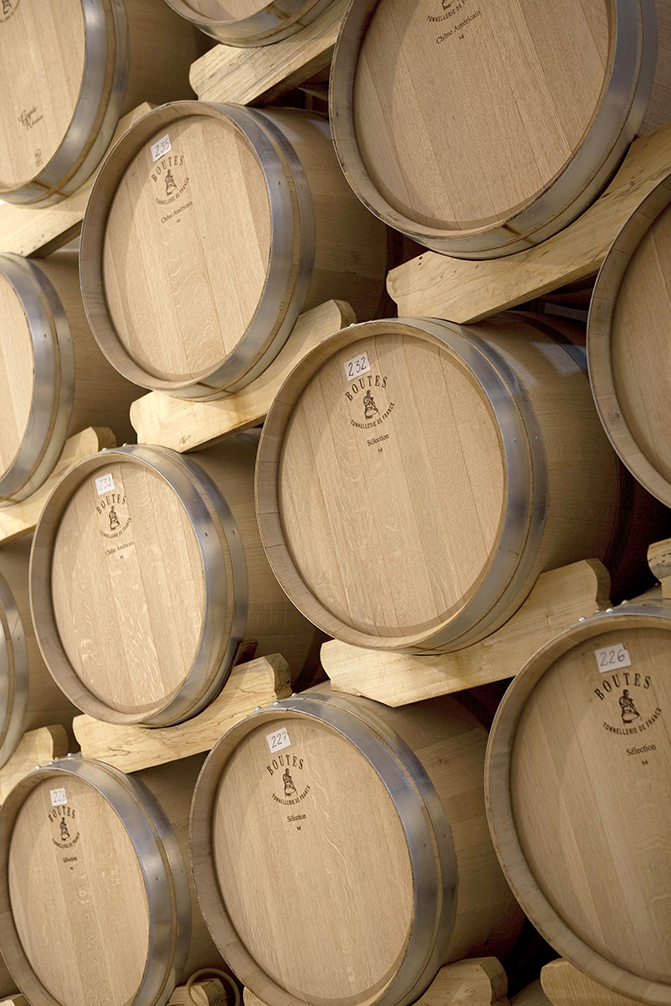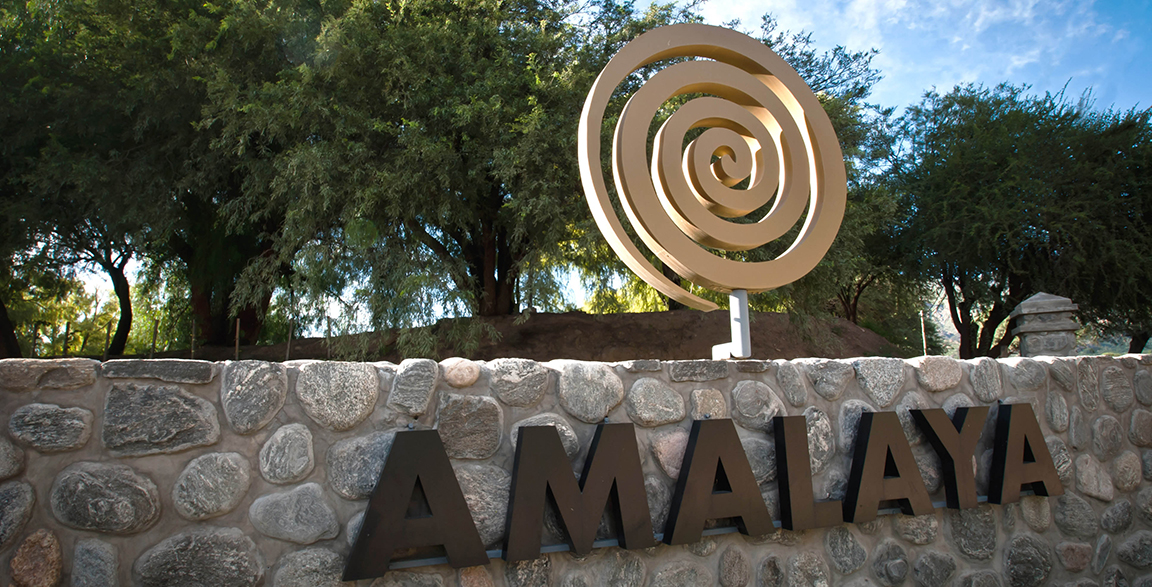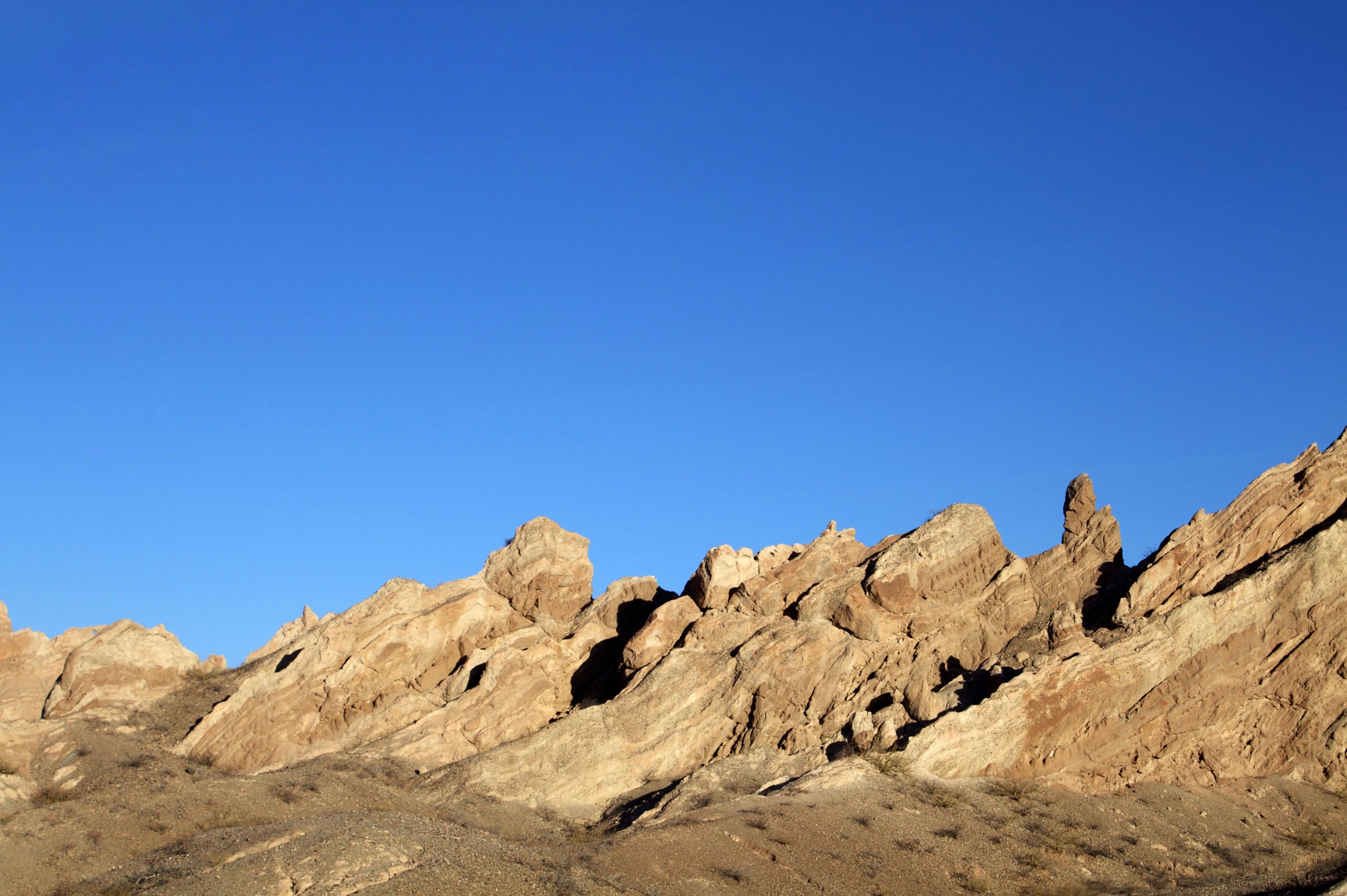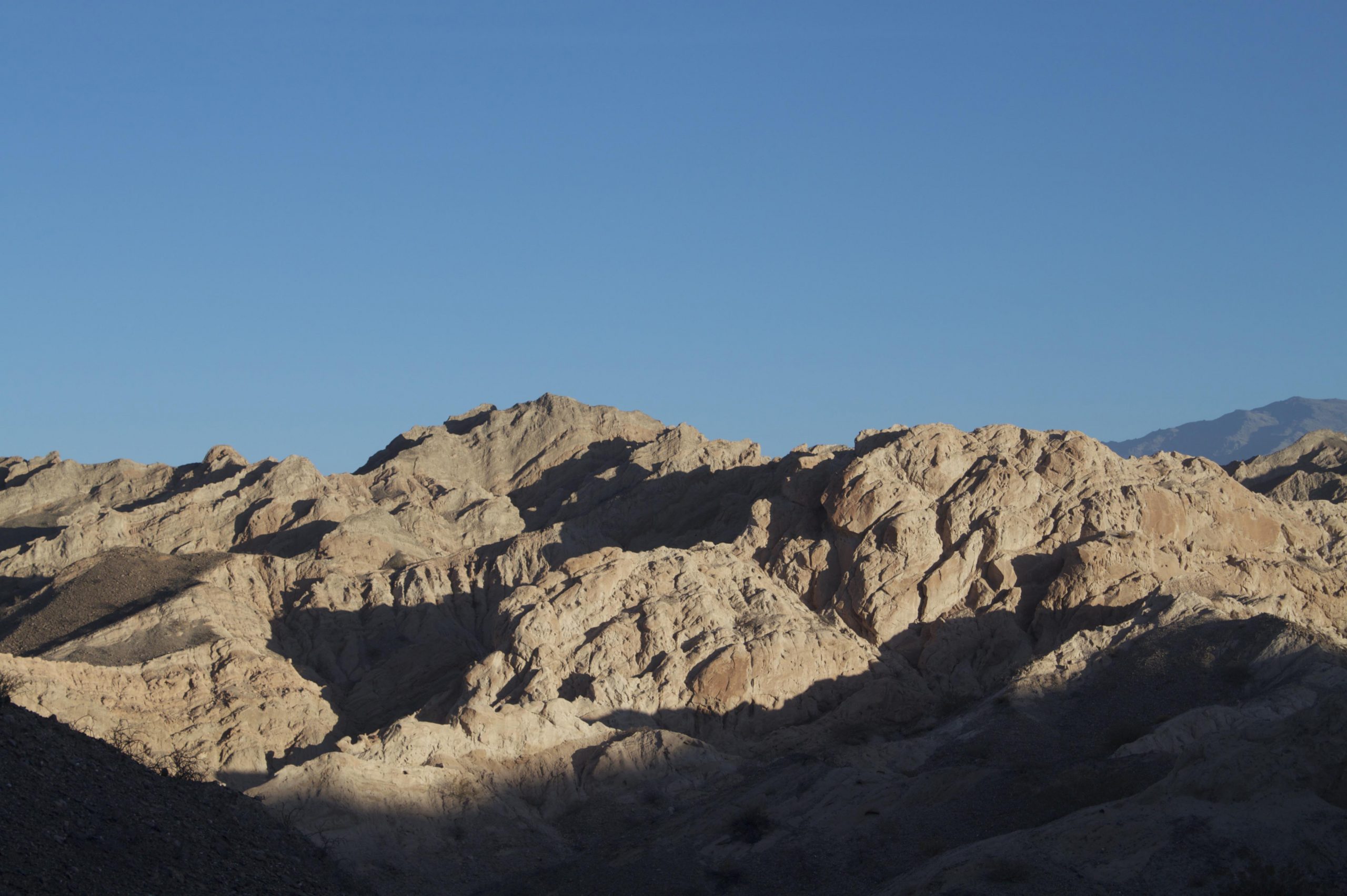Deep purple color; plum, blackberry, red fruits on the nose; red plum, raspberry, black cherry, blackberry, blueberry, savory cured meat, spice on the palate.
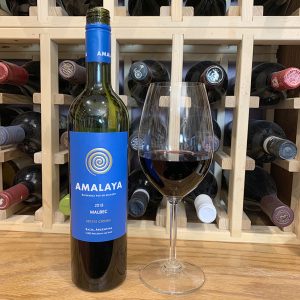
Dry; savory notes. Plenty of dark fruit here. Blend of 85% malbec, 10% tannat, 5% petit verdot. Tannat’s tannins and astringency are more subdued than in previous vintage but still part of the picture. This is not your typical laid-back, halfway between merlot and cabernet sauvignon Argentine malbec. More assertive and distinctive, which fits Amalaya’s profile year-to-year. Soft, non-assertive tannins. Polished, surprisingly soft finish after the assertiveness of the initial attack. Medium-full body. Some acidity. Slight oak.
This is a very tasty wine that will please some and may be too rustic for others. Pair with lamb, rich grilled meats, barbecue, or other rich, flavorful foods; 13.9% ABV. Decanting helps tone things down a bit and makes this more integrated and approachable. In fact, due to my previous experience, I decanted for the first glass and passed on my usual pop-and-pour taste. This is distinctive style for a malbec, showcasing a grittier, more robust approach with the grape thanks to its percentage of tannat.
Amalaya Malbec comes from the high altitude Cafayate Valley, Salta Province region, several hundred miles northwest of the better known Mendoza region. Salta, in the far north of Argentina, is the home to some of the world’s most extreme vineyard sites. Vineyards are located at lower latitudes and higher altitudes—5,900 feet in this case—than anywhere else on Earth. The two balance each other. Cold temperature associated with altitude is mitigated by high temperatures associated with latitudes as you near the equator.
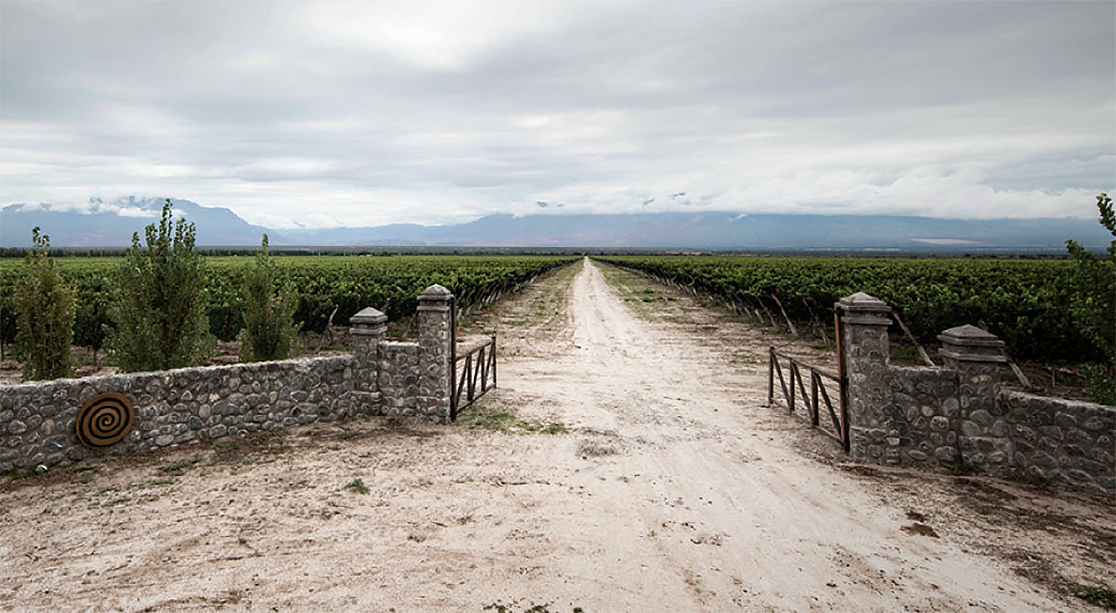
Amalaya means “hope for a miracle” in Argentina’s indigenous dialect and reflects the difficult nature of the land of the Amalaya vineyard/winery. The wine reflects the unique weather and desert conditions of the Cafayate Valley, some 200 miles south of the Bolivian border. The high elevation makes for ripe, concentrated fruit as the grapes grow thicker skins to protect themselves from the increased UV that comes with altitude. Thicker skins mean more potent flavors and greater polyphenols (antioxidants). Add to that, tannat has the highest concentration of polyphenols of any grape.
The Amalaya website explains: “Amalaya was Donald Hess’s first investment in Argentina in the vineyards of Arenal. It represented the ‘Hope for a Miracle’, a plantation in an unused land, no one ever sowed soil before, not even the Incas. Amalaya was the word that captivated Hess from the very first day. It refers to an expression of desire used by natives. The Amalaya wines stem from an experiment at Bodega Colomé. The idea was to find alternative varieties for Malbec to make a great product. ‘If blends are successful in the Old World, why can’t we have them here?’, were the words uttered by Donald Hess in 2003. Years later, Colomé’s expansion drove him to search for the versatility of the New World, in a quest to find new wines… Ever since 2010, Amalaya has joined the many projects of Donald Hess in Argentina, and together with Bodega Colomé, has proved the strong commitment and stake of the company in the region of the high Calchaqui Valleys, in the Northwest of Salta province.”
Amalaya Malbec 2018 is sturdy, somewhat rustic expression of malbec. Decanting smooths things out and makes it more approachable and evokes its lush qualities. This remains a serious red wine rather than an easy drinker. This is tailor-made for rich red meats where the wine’s bold flavors and tannins will joyously play with the beef. As a rule of thumb, the wine should have the same flavor intensity as the food, so pick up high-flavor steaks grilled, barbecued, lavishly flavored stews; slow-cooked lamb. $12-17
